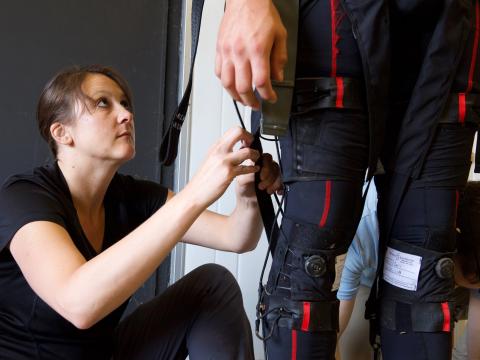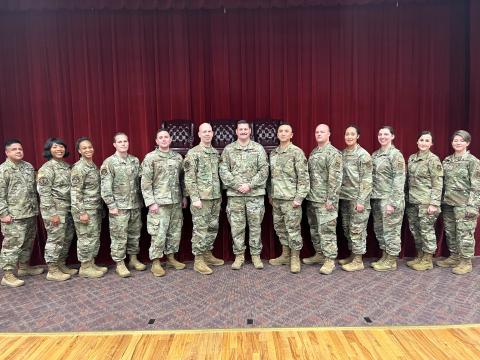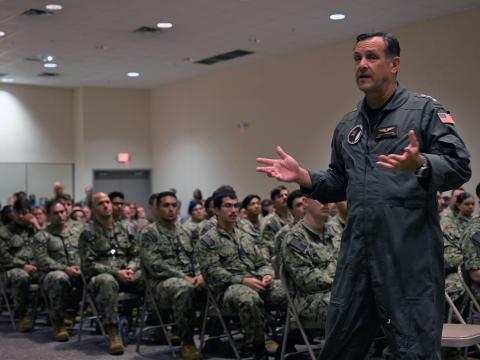No Easy Answers for Army Enterprise
The solutions to the Army's network problems have no easy answers according to opinions from the first panel here at LandWarNet. Leaders in industry addressed five questions about how to improve or address various facets of the Army enterprise, but rarely did any of the responses provide straightforward solutions.
The solutions to the Army's network problems have no easy answers, according to opinions from the first panel here at LandWarNet. Leaders in industry addressed five questions about how to improve or address various facets of the Army enterprise, but rarely did any of the responses provide straightforward solutions. For example, employing plug-and-play capabilities can benefit the Army, but using this business model can result in "lowest common denominator" technology and stifle innovation, according to Barry R. Hensley, vice president of the Counter Threat Unit at SecureWorks. Elizabeth A. Hight, vice president, U.S. Defense Command and Control Infrastructure, Hewlett-Packard, and panel moderator, explained that having implementation and mitigation plans are just as important as strategic architecture plans when it comes to the plug-and-play processes the Army is using. Both panelists were speaking to a question about plug and play in Brigade Combat Teams. Another area of contention is how the Army should use apps. Dick Mayo, executive vice president of the Network Enterprise Services Operating Group at CACI, said that innovation and speed are important, but not as important as security. He said that if it comes down to a choice between speed and security, he is firmly for security. He also referred to "informational IEDs" that are a potential threat to smartphones. Dr. J. Scott Goldstein, senior vice president and chief technology officer, Systems Engineering and Advanced Technology, ManTech, said that security is the biggest difference between apps for the commercial sector and the military. However, he added that the Army needs to move forward with app development and deployment because these tools are important for soldiers. Panelists also had some disagreement about the cloud, including how to secure it and how the Army should employ it. Finding where data resides and ensuring that forensics could still be performed to find problems were discussed. Panelists also addressed how to use performance-based services. Though these can benefit the Army according to panelists, they only work when the Army clearly defines what it wants from its contractor partners. The Army will be best served when it can totally trust contracted partners to implement the government strategies, Mayo said. In response to a question about defending against network attacks, Hensley said "We can't protect everything." This means the Army will have to decide what information must be defended and what information will have to remain vulnerable. Brian McKeon, vice president, Raytheon Network Centric Systems Integrated Communications Systems, added that in the case of cyberattacks the commercial and military communities have the same problems and suggested that perhaps different allies want to band together to counter the threat.



